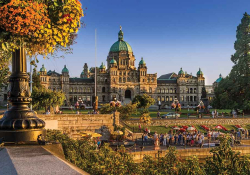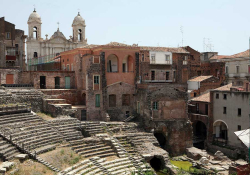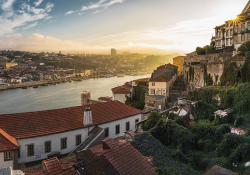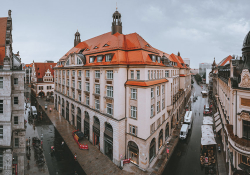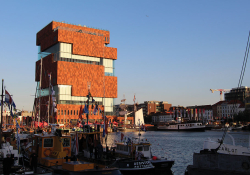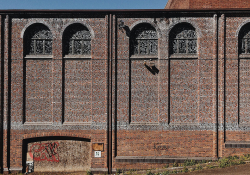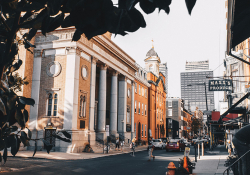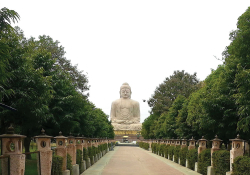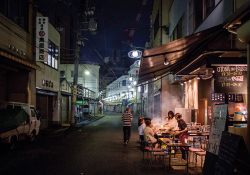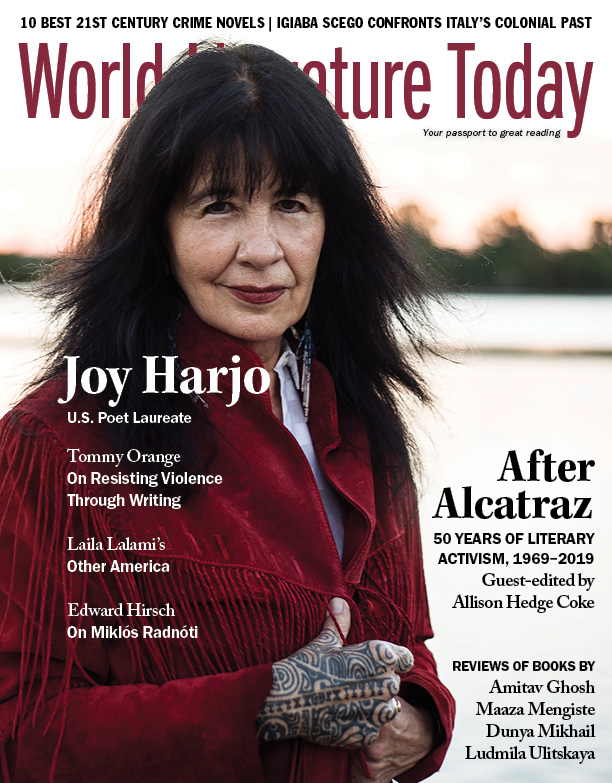Madrid’s Bold and Fearless Art
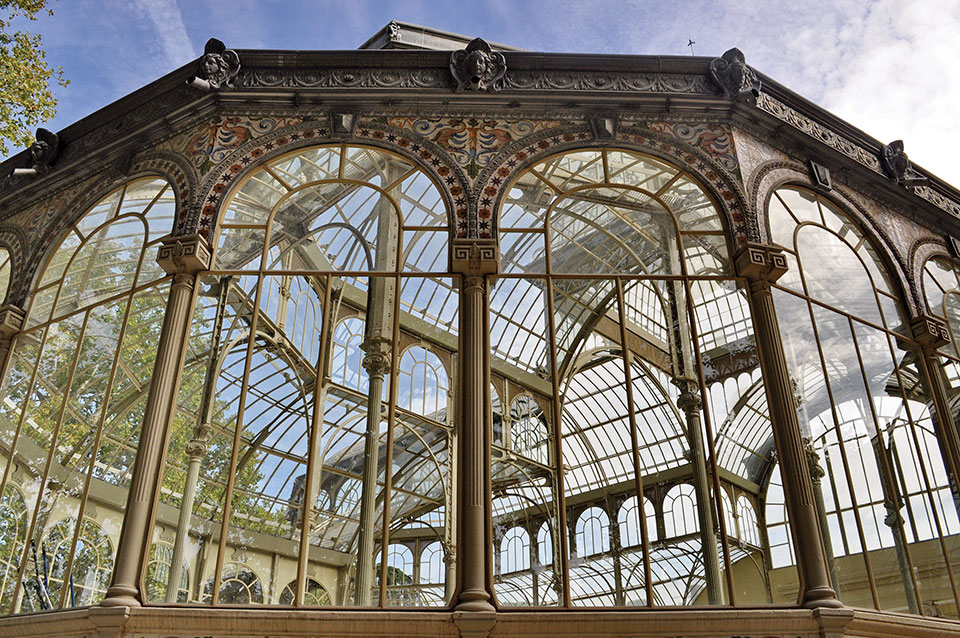
THE COMMUNITY OF MADRID has been home to many peoples. From Celts and Romans to Visigoths and Moors, each group has left an impression on the culture that remains. Although the city itself is relatively young, it shows the community’s rich and varied history in the thoughts and attitudes of its people—a certain openness for ideas, knowledge, and all forms of expression.
If art is a community endeavor, Madrid seeks to show it. It takes less than five minutes to stumble across a museum, monument, or bookstore supporting the works of Spain and abroad. Among the most prominent monuments in the city is that in the Plaza de España to the iconic hero Don Quixote de la Mancha and his creator Miguel de Cervantes Saavedra, whose birthplace, Alcalá de Henares, is its own literary destination just outside the city. References to Cervantes are far from uncommon, and many statues, murals, street works, and even graffiti take Spain’s famous knight-errant for their subject.
While Madrid is proud of its artistic heritage, it by no means leaves art to the past alone. Madrid brims with new and adventurous work, supported by independent bookstores and contemporary art galleries, including the Matadero Madrid, a former slaughterhouse turned arts center, and the Conde Duque Cultural Centre, an archive and exhibition hall in an old military barracks. Madrid’s open and unafraid spirit makes these art spaces nuclei for the experimental and avant-garde, and ideas flow freely between musicians, painters, writers, and other artists.
If there is one place that captures Madrid’s artistic spirit, however, the Parque del Retiro is a strong contender. Across the street from the Museo del Prado, it is a popular destination for art enthusiasts. However, most are surprised to find that the park has three art spaces of its own: the Palacio de Cristal conservatory, the Palacio de Velázquez exhibition hall, and the Casa de Vacas cultural center. The park’s 350 acres are also filled with gardens, ponds, and monuments of every style, among the most famous of which is the Fuente del Ángel Caído. Depicting the devil’s fall from Heaven, the fountain has been both praised and criticized for its compassion and ambiguity toward one of Christianity’s most dramatic moments, and it is characteristic of Madrid’s bold artistic climate.
Madrid is a city with many surprises. A crossroads of many worlds, it leverages its diversity into a wealth of new ideas.
What to Read in a Chocolatería Near Puerta del Sol
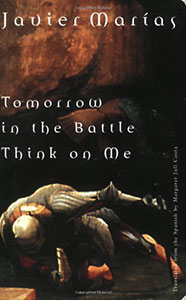 Javier Marías
Javier Marías
Tomorrow in the Battle Think on Me
Trans. Margaret Jull Costa
New Directions
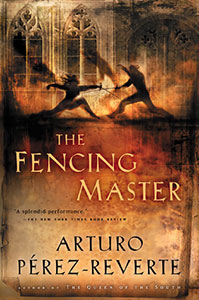 Arturo Pérez-Reverte
Arturo Pérez-Reverte
The Fencing Master
Trans. Margaret Jull Costa
Houghton Mifflin Harcourt
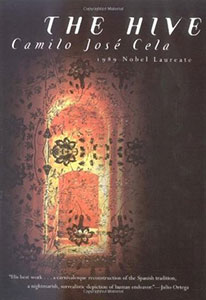 Camilo José Cela
Camilo José Cela
The Hive
Trans. J. M. Cohen & Arturo Barea
Dalkey Archive
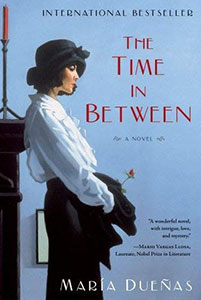 María Dueñas
María Dueñas
The Time in Between
Trans. Daniel Hahn
Atria
